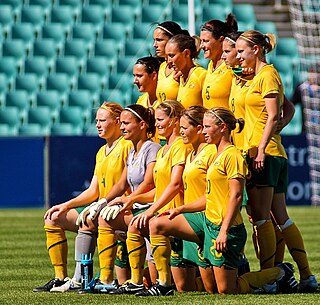
Women's soccer, also known as women's football, is a popular sport in Australia. The sport has a high level of participation in the country both recreational and professional. Football Australia is the national governing body of the sport in Australia, organising the A-League Women, the Australian women's national team, and the nine state governing bodies of the game, among other duties. Women's participation of modern soccer has been recorded since the early 1920s. It has since become one of Australia's most popular women's team sports.
Field hockey has been played by men in Australia since 1901. By 1907, there were clubs in several states including New South Wales, South Australia, Tasmania, and Victoria. Women's field hockey was eventually represented by the Australian Institute of Sport, though the amount of support it received was less than the support the men received. The All Australian Women's Hockey Association was established in 1910 to govern the sport in Australia. in 2000, Women's Hockey Australia merged with the Australian Hockey Association to form Hockey Australia. The game has been played by women on the university and school level. Interstate matches were being played by 1909. The level of play on the interstate level is very high. The Australia women's national field hockey team, established in 1914, has placed highly in many competitions.
Women's sport in Australia started in the colonial era. Sport made its way into the school curriculum for girls by the 1890s. World War II had little impact on women's sport in the country. After the war, women's sport diversified as a result of new immigrants to the country. In the 1990s, the percentage of media coverage for women's sport on radio, television and in newspapers was not at parity with male sport. Basketball is nominally professional in Australia but players do not earn enough from the sport to compete full-time. Some Australians have gone overseas to play professional sport. Many television spectators for Australian sport are women. In person, netball has large percentage of female spectators. The Australian Federal and State governments have encouraged women to participate in all areas of sport.

While not being urged to avoid competition, women had few opportunities to compete in sport in Australia until the 1880s. After that date, new sporting facilities were being built around the country and many new sport clubs were created. Athletic events were being held in schools in Australia by the early part of the twentieth century. The Glennie School in Toowoomba was one school to host races for girls during their annual girls' sport day. During the 1920s, girls were able to run while wearing bloomers, instead of skirts. The first meeting for women's athletics took place in 1926 and was organised by the NSWAAA. The purpose of the meeting was to determine if it would be possible to send women to compete in the 1928 Summer Olympics based on merit. Only one female athlete was determined to be good enough to send. That was E.F. Robinson. The first women's national athletics body designed to govern the sport in Australia was founded in 1932 and was called the Australian Women's Amateur Athletic Union. It was designed to oversee state organisations in Victoria (1929), Queensland (1921), New South Wales (1932) and South Australia. (1932) The first Australian woman to travel overseas to compete was E.F. Robinson, who went to the 1928 Summer Olympics where she ran in the 100-metres. She came in third and was the only Australian female on the 1928 Australian Olympic team.

The beginning of women's badminton in Australia dates back to the year 1900, when for the first time badminton was played in Australia.
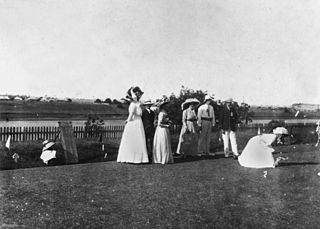
The first women's bowls match played in Australia took place in Stawell, Victoria, in October 1881. The first women's only bowls club was not created for another seventeen years, when the Rainsford Bowls Club was created on 16 December 1898 at the home of J. Rainsford Needham, who lived in Glenferrie, Victoria. The first women's bowls association was created in September 1907. The association was called the Victorian Ladies' Bowling Association, and was created by six Melbourne-based clubs. It was the first women's bowling association created the world.

While not being urged to avoid competition, women had few opportunities to compete in sport in Australia until the 1880s. After that date, new sporting facilities were being built around the country and many new sport clubs were created.

Croquet has historically been a sport in Australia where men and women were able to compete on a level playing field.

Women's cycling was controversial during the 1890s in Australia. The issue was discussed in several periodicals of the era including the Bulletin. There was a question of whether women should be allowed to ride bicycles in the first place, an issue settled in 1895 of yes. There was a question of the appropriate clothing to wear while riding a bicycle, if women should be allowed to compete in bicycle races, the most appropriate style of bicycle riding for women, if bicycle riding was good for a woman's health, and if the sport was appropriate for women to participate because of the possibility of making women more manly. Bicycle shops, such as Massey-Harris Bicycles of Brisbane, Rockhampton and Charters Towers, were catering to female customers by 1896. Malvern Star was also featuring female cyclists on the cover of their cycling catalogs during the same period. During the 1890s, cycling's popularity increased because it served several purposes, including transportation and recreation. It made parts of Australia more accessible to women than they had previously been.
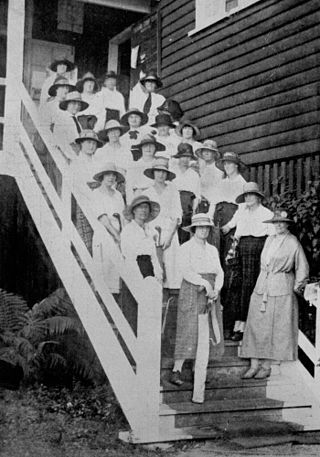
While not being urged to avoid competition, women had few opportunities to compete in sport in Australia until the 1880s. After that date, new sporting facilities were being built around the country and many new sport clubs were created. One of the reasons women were encouraged to play croquet, tennis and golf during the late 1800s was because it was scene as beneficial to their health. These sports were also seen as passive, non-aggressive and non-threatening to the period's concepts of masculinity and femininity. During the late 1800s and early 1900s, women were allowed to be members of golf clubs but most women could not be because the game was too expensive to play. Women were also limited because of restrictions imposed upon them by the men who ran the clubs and courses. For example, at the Brisbane Golf Club in 1901, women were not allowed to become full members, only associate members, could not belong to any club committees and there were limited times when they could play. Women were allowed to play and did in places such as Willowburn, Queensland. Like other sports of the time, women wore long sleeved blouses and skirts that were ankle length. They also wore hats while they were playing.
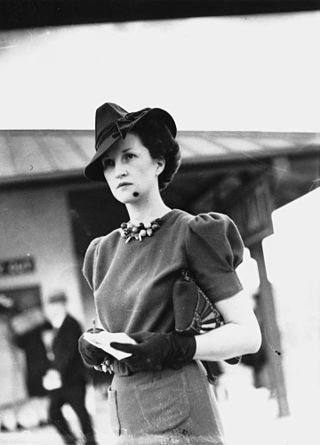
Women were involved with horse racing in Australia by the 1890s. Since then, they have owned horses, trained horses, gambled on horses and attended the races. Their participation in the sport was hampered because of a lack of facilities and participation rates were not as high as other sports.

While not being urged to avoid competition, women had few opportunities to compete in sport in Australia until the 1880s. After that point, new sporting facilities were being built around the country and many new sport clubs were created. During the 1900s in Australia, lacrosse became more socially acceptable for women to participate in. Subsequently, female participation rates rose in places like Queensland.
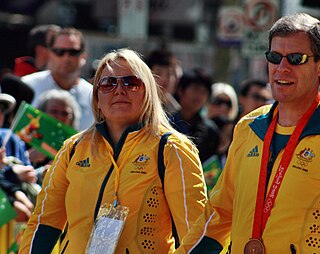
Shooting was an important skill for women in the bush to possess. It was encouraged as part of self-reliance. Rifle shooting as a sport was being played in Queensland by 1914.
While not being urged to avoid competition, women had few opportunities to compete in sport in Australia until the 1880s. After that date, new sporting facilities were being built around the country and many new sport clubs were created. For swimming, the rapid expansion of facilities took place during the 1880s and the 1890s. Compared to the past when the whole of the swimming community was made up of males, currently 55 percent of the Australian swimming membership is made up of women. Not only do females dominate swimming in the pool but there are more than 5,500 female coaches in the swimming world in Australian and over 2,000 female technical officials.

While not being urged to avoid competition, women had few opportunities to compete in sport in Australia until the 1880s. After that date, new sporting facilities were being built around the country and many new sport clubs were created. One of the reason women were encouraged to play croquet, tennis and golf during the late 1800s was because it was seen as beneficial to their health. These sports were also seen as passive, non-aggressive and non-threatening to the period's concepts of masculinity and femininity.
In 1940, a study of 314 women in New Zealand and Australia was done. Most of the women in the study were middle class, conservative, Protestant and white. The study found that 183 participated in sport. The ninth most popular sport that these women participated in was squash, with three having played the sport. The sport was tied with croquet, billiards, chess, fishing, field hockey, horse racing, squash, table tennis and shooting.

Women's chess in Australia has been occurring since the 1930s and competitive chess tournaments in Australia were taking place on a state level by 1934.
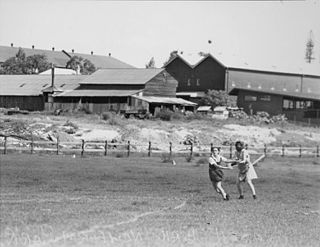
In the 1880s in Victoria, there were school competitions for girls involving interschool competitions for rounders, an early form of baseball. The competitions were abandoned in the 1890s. Girls who played rounders/baseball during the 1880s and 1890s were required to wear long sleeved shirts and long skirts. These restricted a player's ability to move.
Women's sport in New South Wales was first organised statewide in 1933. Coverage of women's sport in the state media lags behind that of men. Discrimination based on gender is allowed for sport in the state. The University of Sydney has women's sport history dating back to the 1890s.














